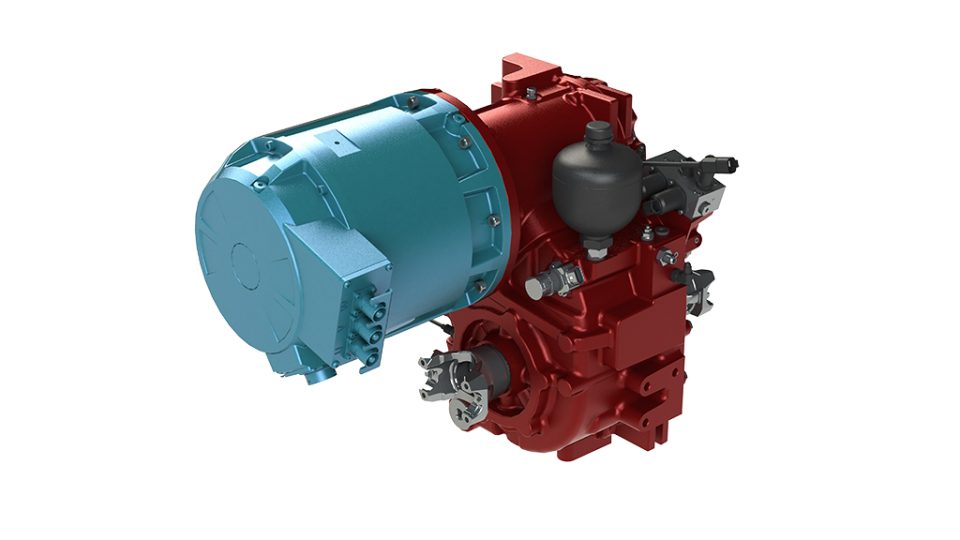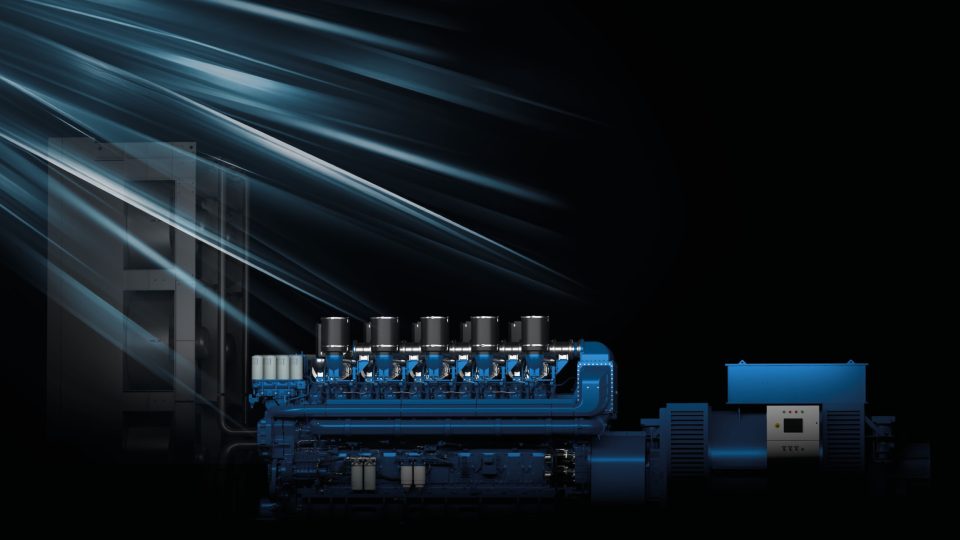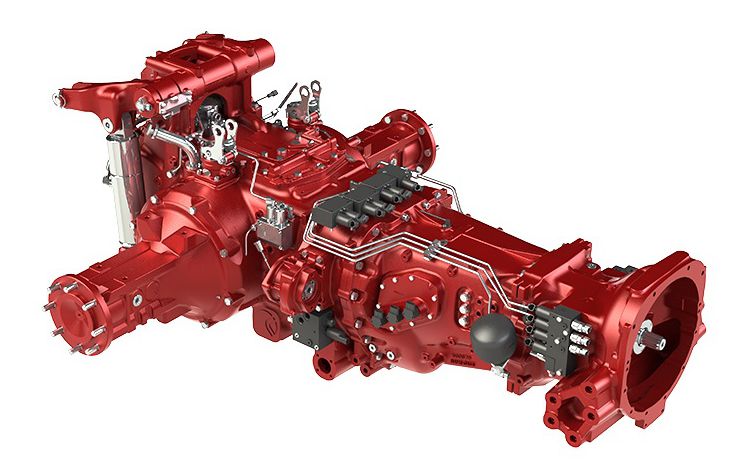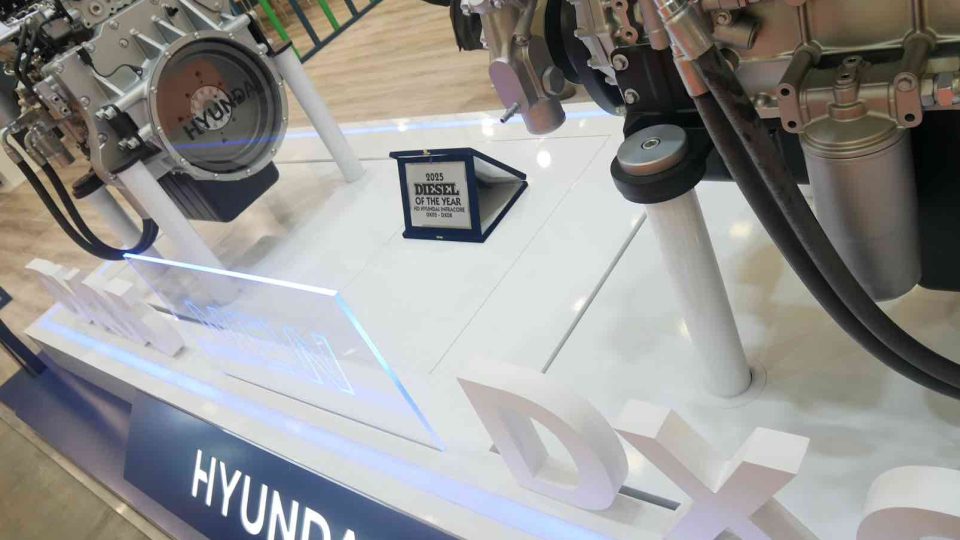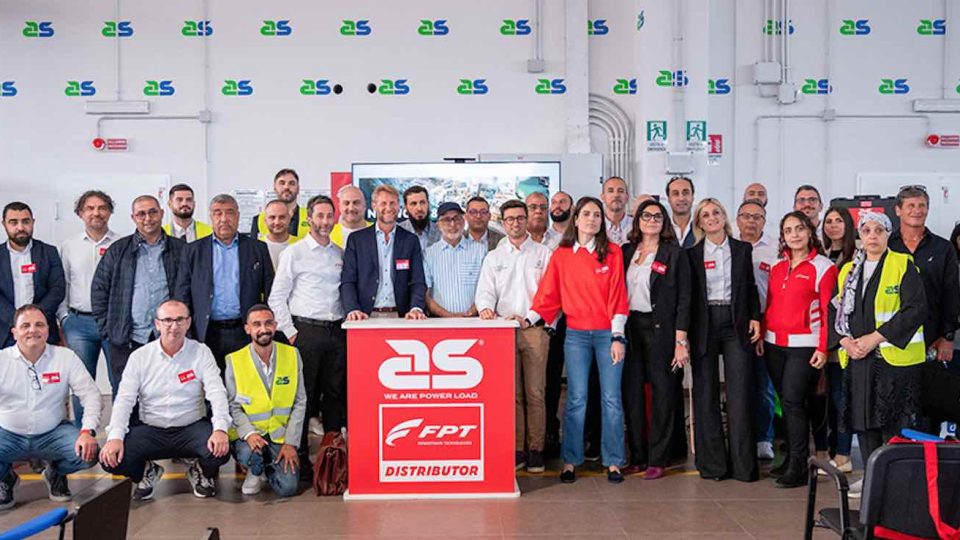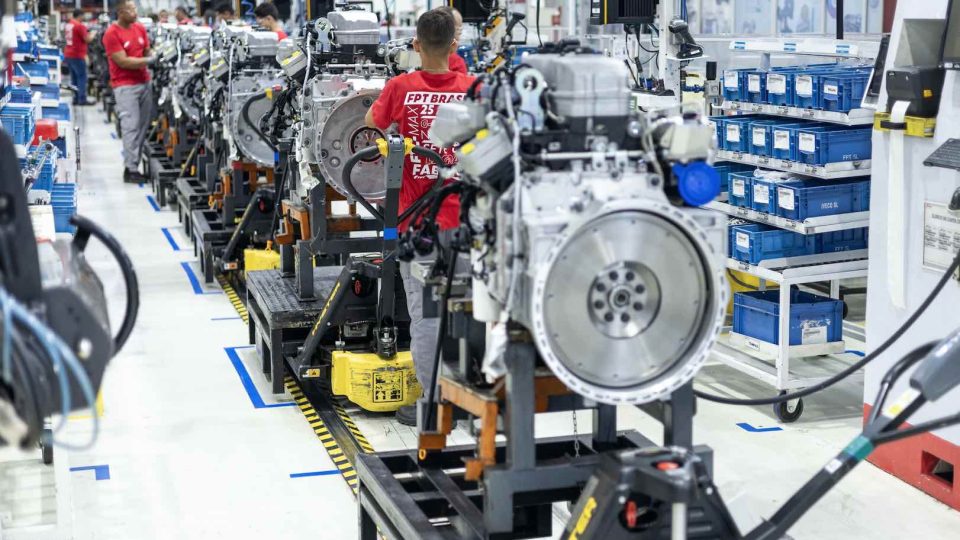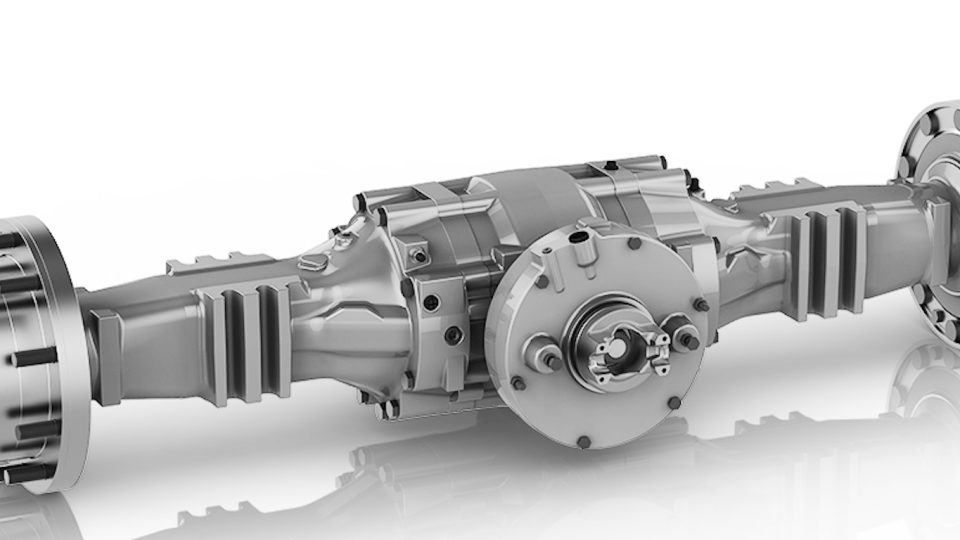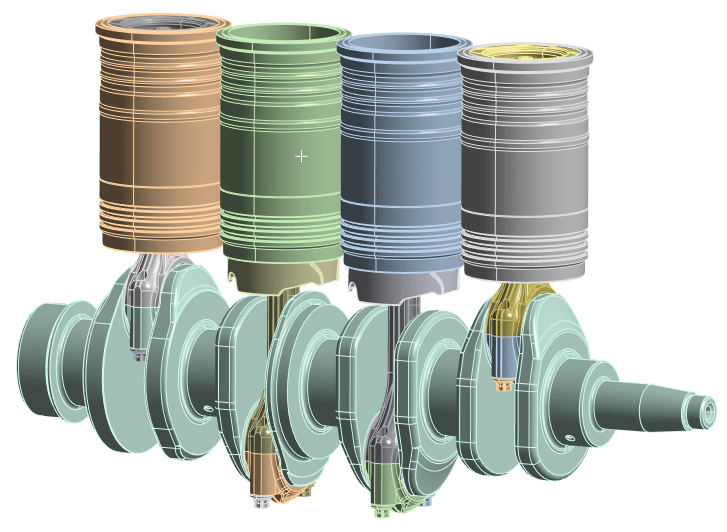Scania Super 11. A first insight from Sweden
With the Super 11, Scania reiterates its achievement of 50% efficiency, focusing on modularity and reduced fluid consumption
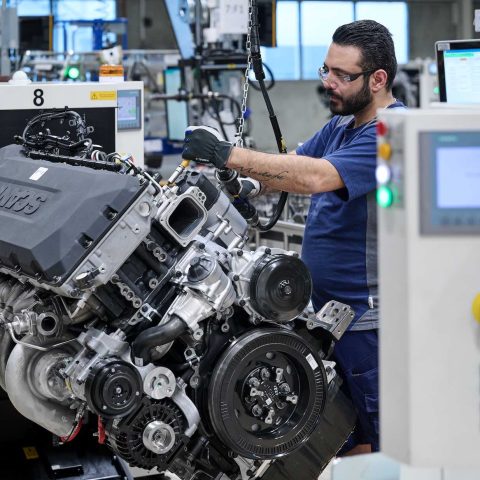
Following the announcement of the Scania Super 11, we’re providing an in-depth look. We paid visit to Södertälje, Sweden, a small town synonymous with two names: Astra Zeneca and Scania itself. There, we got hands-on with the 11-liter engine and personally verified its impact on the vehicle on the track, in terms of reduced vibrations, acoustic comfort, and responsiveness to gear changes.
Featuring the Super 11. Specs and details
The 10.6-liter Super version delivers three ratings, all at 1800 rpm, with corresponding torque curves between 950 and 1360 rpm: 350 hp (257 kW) and 1800 Nm, 390 hp (287 kW) and 2000 Nm, 430 hp (316 kW) and 2200 Nm.The bore and stroke remain unchanged (BxS 130×160 mm), maintaining modularity with the 13-liter engine, albeit with one less cylinder. The Super 11 has five cylinders in line, while the Super 13 has six. The supercharging also remains unchanged: a fixed turbine with a wastegate valve. Its lineage to the larger Super engine is also evident from this data: it shares 85% of its components with the 13-liter version. So, what’s new? That 15% differentiation between the two Super series engines includes several innovations that help moderate fuel consumption and reduce AdBlue usage by 10-12%:
- VVT – Variable Valve Timing
- VVB – Variable Valve Brake
- Turbo dosing
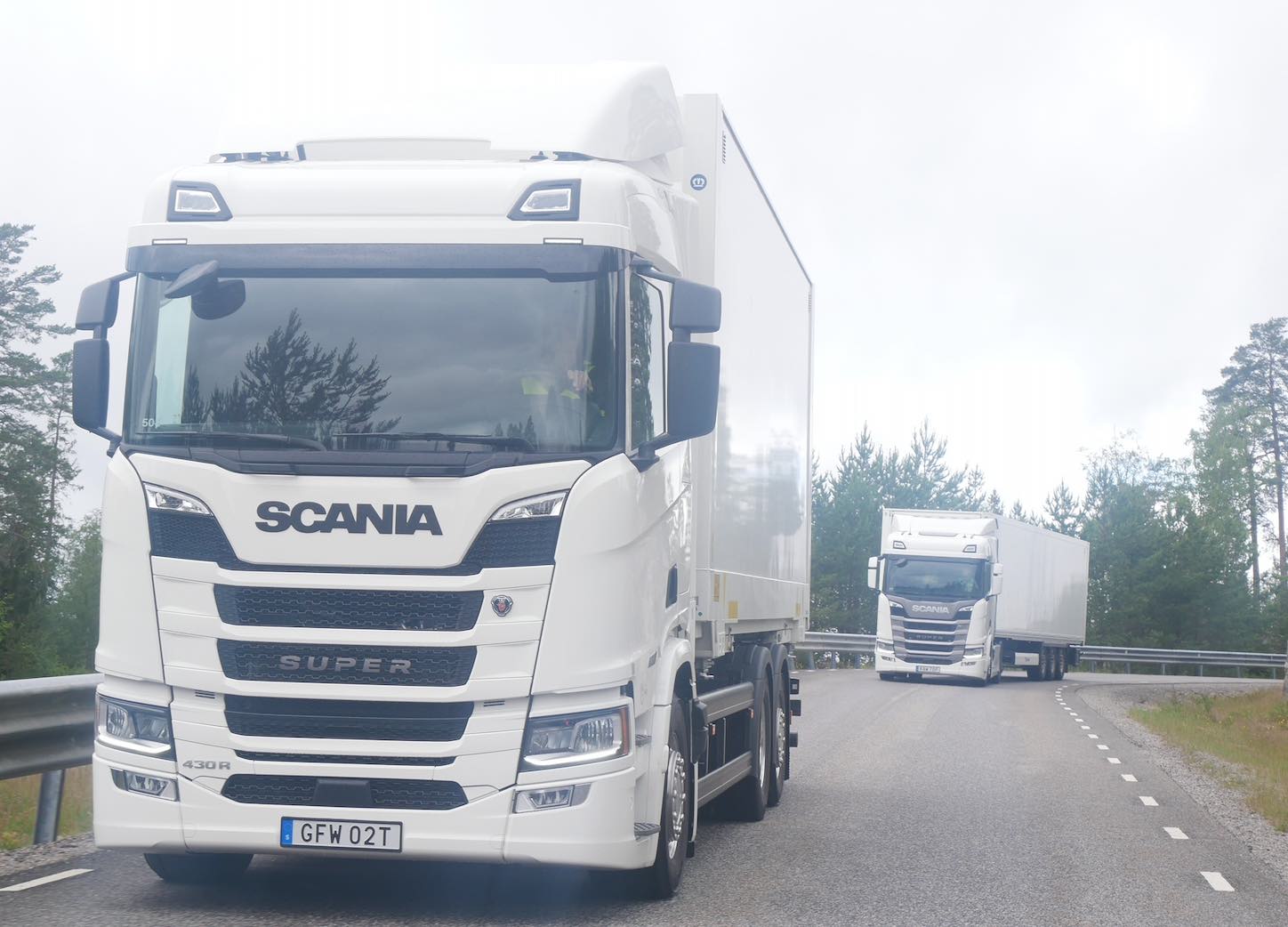
Digging deeper
The variable valve timing technology allows for controlling the airflow into the engine and the exhaust gas flow out of the cylinders. This achieves optimal thermal management of the combustion process. Combining VVT technology with the CRB auxiliary engine brake creates the VVB system: a standard 230 kW, with the option to access the enhanced 344 kW version. Turbo Dosing is an inheritance from the Twin Dosing system, first introduced on the V8, then on the Super 13. The urea injection point has been moved from the exhaust gas outlet to the turbocharger. Scania is thus able to claim a 7% reduction in fuel consumption and maintenance intervals extended by 30% compared to the 9-liter engine. The competitive advantage over the Super 13, however, comes from its “ballast”: being 85 kilograms lighter, it ensures users a greater useful payload, in addition to the aforementioned reduction in urea consumption. The Super 11 is therefore a candidate not only for medium-haul, distribution, and construction/quarry applications. It also represents a valid alternative to the Super 13 for long-haul transport. The deciding factor is clearly the terrain (in an other word, orography). On a flat route, the 11-liter engine can best utilize its optimal specific fuel consumption point, whereas for routes with slopes and elevation changes, the full torque of the 13-liter engine is required.
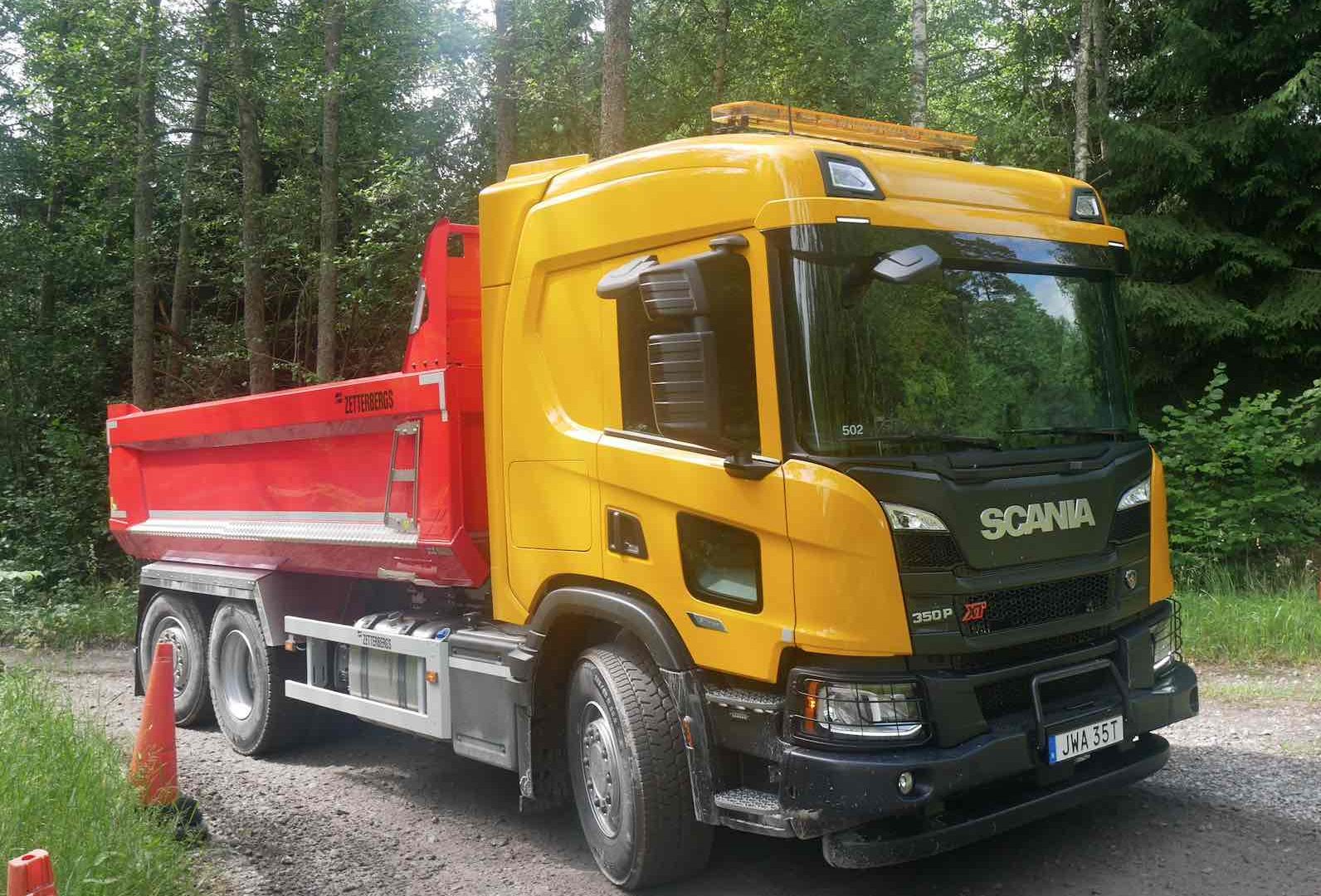
Just for trucks?
The Super 13 was awarded Diesel of the Year 2023 for its industrial release. From there, it “dived into the sea,” in line with Scania’s multitasking multi-application perspective. We therefore have no reservations that the same fate could befall the Super 11, which we might thus perhaps see at work on a construction site, encapsulated in a genset, or in the engine compartment of a boat.

